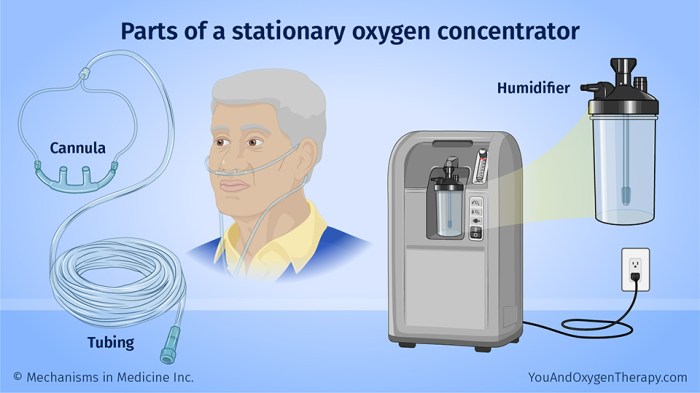With the exception of a stationary rack single temperature machine – In the realm of temperature control systems, single temperature machines with the exception of a stationary rack configuration present a unique and intriguing case. These machines deviate from the traditional stationary rack design, offering distinct advantages and applications. Delving into their characteristics, benefits, and exceptions, this comprehensive exploration unveils the complexities and nuances of these specialized temperature control solutions.
Single temperature machines, as their name suggests, are designed to maintain a consistent temperature throughout their operation. Unlike multi-temperature machines, they excel in applications where precise and stable temperature control is paramount. Stationary rack configurations, on the other hand, are commonly employed to house and organize these machines, providing a structured and efficient arrangement.
1. Single Temperature Machine Definition

A single temperature machine is a temperature control system designed to maintain a constant and uniform temperature within a specific enclosure or space. It typically consists of a cooling unit, heating element, and a control system that monitors and adjusts the temperature as needed.
Unlike multi-temperature machines, which can maintain different temperatures in multiple zones, single temperature machines are designed to regulate a single temperature throughout the entire space. This makes them suitable for applications where a consistent temperature is crucial, such as in laboratories, food processing facilities, and storage areas.
2. Stationary Rack Configuration

In a stationary rack configuration, the temperature control unit is mounted on a fixed rack or frame. This configuration offers several advantages:
- Compact design:The stationary rack configuration allows for a compact and space-efficient design, making it suitable for areas with limited space.
- Easy installation:The pre-assembled unit can be easily installed on the rack or frame, reducing installation time and effort.
- Stability:The fixed mounting ensures stability and prevents vibrations, which can affect temperature control accuracy.
However, the stationary rack configuration also has some disadvantages:
- Limited flexibility:The fixed mounting makes it difficult to adjust the location or orientation of the temperature control unit.
- Accessibility:Maintenance and repairs may be more challenging due to the fixed mounting.
3. Exceptions to Stationary Rack Configuration: With The Exception Of A Stationary Rack Single Temperature Machine

There are certain exceptions to the stationary rack configuration, including:
- Mobile temperature control units:These units are designed to be portable and can be easily moved to different locations as needed.
- Wall-mounted temperature control units:These units are mounted on walls, offering flexibility in placement and saving floor space.
- Ceiling-mounted temperature control units:These units are mounted on ceilings, providing an unobtrusive and space-saving solution.
These exceptions allow for greater flexibility and customization in temperature control applications.
Quick FAQs
What are the primary advantages of single temperature machines?
Single temperature machines offer precise temperature control, energy efficiency, reduced maintenance requirements, and a compact design, making them ideal for applications demanding consistent and stable temperatures.
Can single temperature machines be used in conjunction with other temperature control systems?
Yes, single temperature machines can be integrated with other temperature control systems to create more complex and comprehensive thermal management solutions.
What industries commonly utilize single temperature machines?
Single temperature machines find applications in various industries, including food and beverage, pharmaceutical, chemical processing, and manufacturing.
